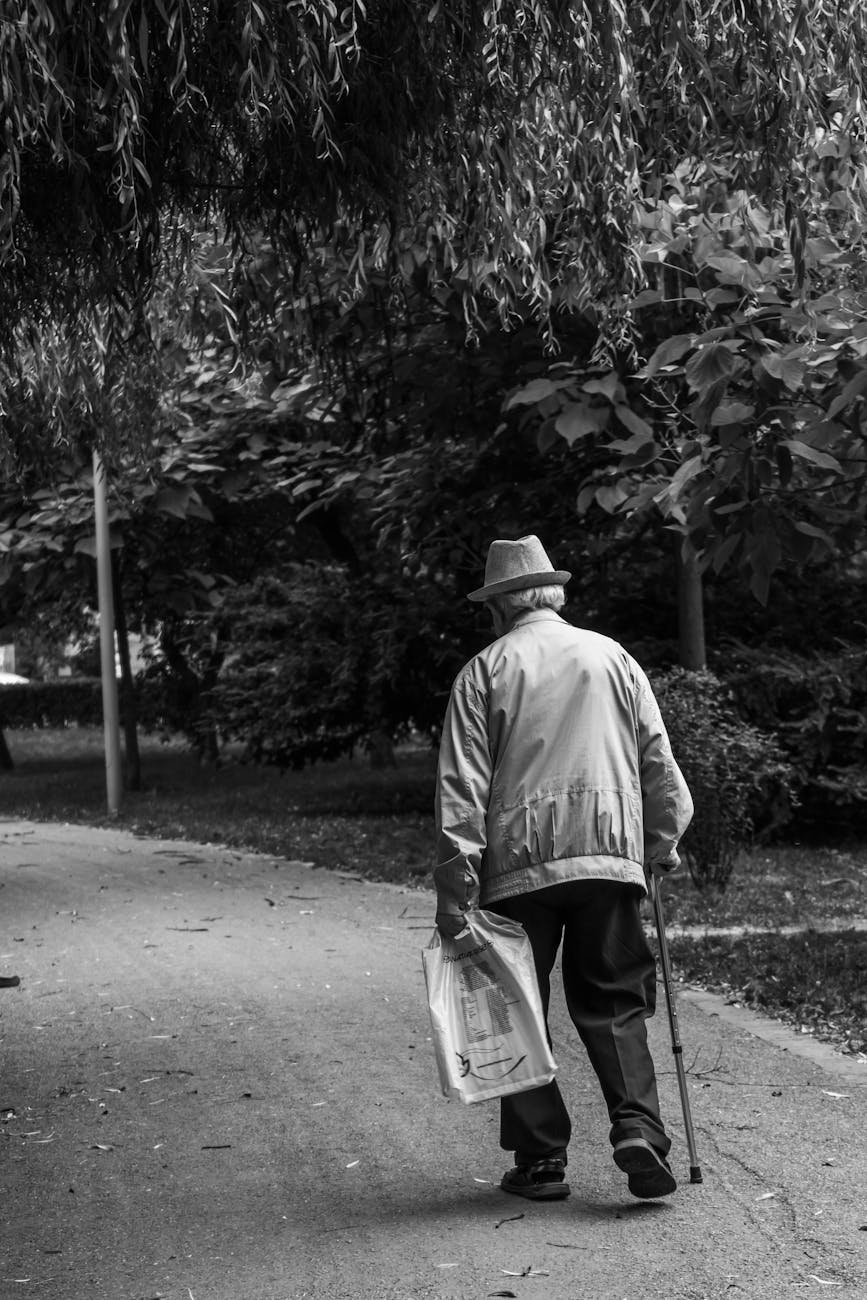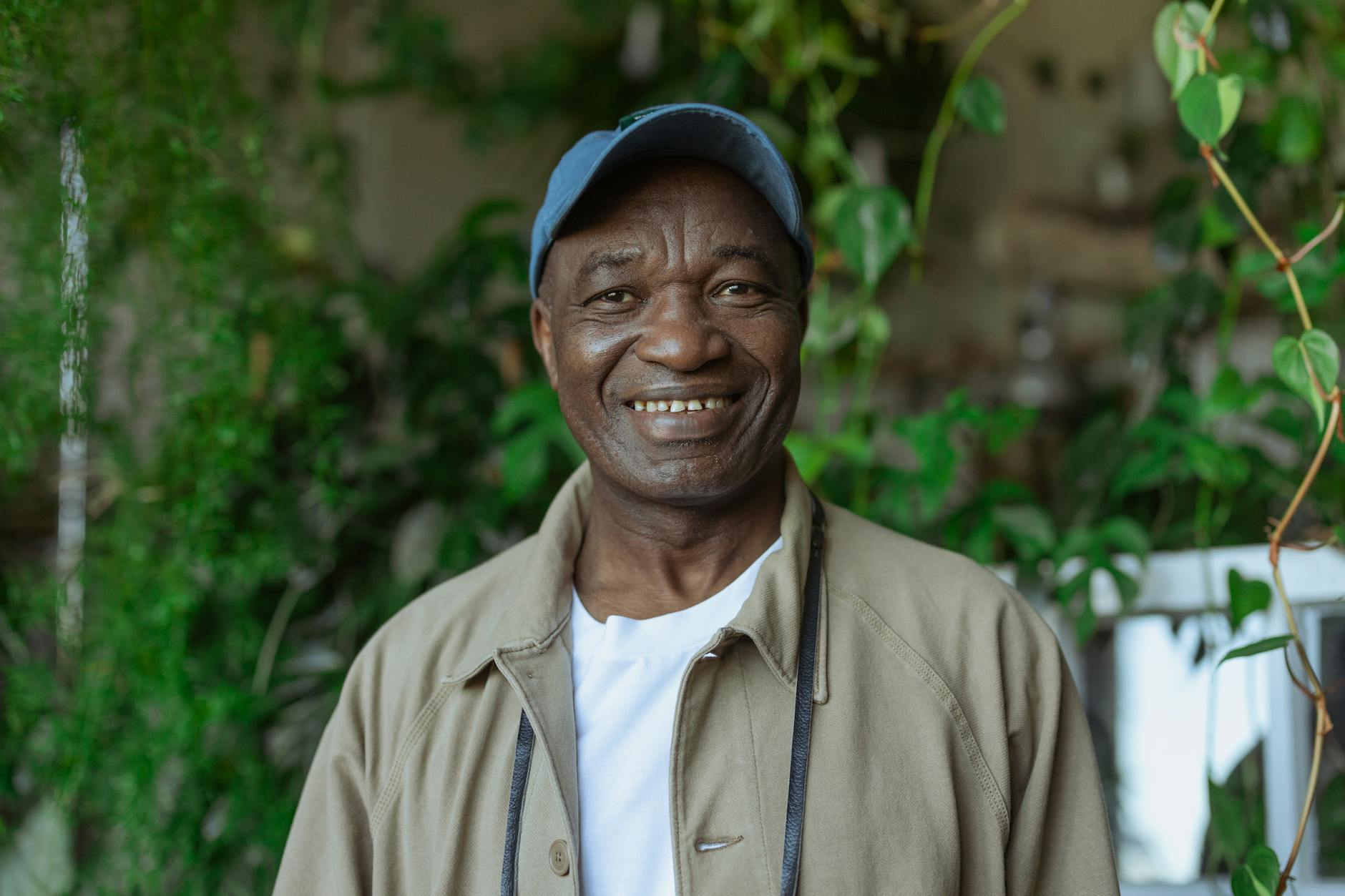Loneliness in the Golden Years: A Comprehensive Guide

💔 Loneliness is the painful, subjective feeling of being disconnected, unseen, or unsupported, even if people are physically around you.
🌍 Public health concern: The WHO Commission on Social Connection (June 30, 2025) estimates that ~1 in 6 people worldwide experience loneliness, highlighting substantial harms to health and longevity. (who.int)
🧩 It differs from social isolation, which is the objective lack of contact; you can be isolated but not feel lonely, or feel lonely in a crowd.
🕰️ Why it rises in later life: retirement, bereavement, adult children moving away, mobility challenges, and financial constraints reduce social participation
📚 NASEM and U.S. Surgeon General reviews confirm loneliness is widespread among older adults and linked to serious health risk
Types of Loneliness Common After 60
💔 Emotional loneliness – missing a close attachment (spouse, partner, best friend), often after bereavement or divorce.
👥 Social loneliness – lacking a broader circle such as neighbors, clubs, church, or community groups; worsened by mobility or illness.
🏥 Situational loneliness – triggered by hospitalization, moving to a new area, or caregiving strain.
🌌 Existential loneliness – a deeper sense of disconnection or “not belonging,” emerging during life reviews in the 60s–70s.
💡 Health-system reports emphasize overlapping forms that require different supports: bereavement care, community engagement, and purpose-building.
Financial Constraints and Loneliness
- Economic Factors: Financial insecurity limits social activities, transportation, and healthcare, increasing loneliness.
- Retirement Challenges: Loss of work-related social networks can intensify isolation.
- Survey Insight: Many retirees cannot afford social activities, contributing to mental health risks (businessinsider.com)
Loneliness and Cognitive Decline
- Cognitive Risks: Chronic loneliness increases risk of dementia and Alzheimer’s.
- Research Findings: Lack of social stimulation reduces brain activity, accelerating cognitive decline.
- Preventive Measures: Social engagement, community involvement, and meaningful relationships help maintain cognitive health.
The Role of Technology
- Digital Connectivity: Video calls, social media, and online communities help older adults stay connected.
- Digital Literacy: Training programs empower seniors to use technology effectively.
- Innovative Programs: AI-driven intergenerational mentoring platforms provide purpose and social engagement (marketwatch.com)
Cultural and Societal Influences
- Cultural Norms: Societies with strong family networks report lower loneliness.
- Community Structures: Nuclear-family societies may increase isolation among seniors.
- Global Variations: Collectivist societies often experience lower loneliness due to strong community bonds.

Science-Backed Ways Transformationwithin Helps Older Adults Overcome Loneliness
Loneliness in later life is not just emotional — it directly affects mental, physical, and cognitive health. Transformationwithin’s Online Platform provides a holistic ecosystem that integrates digital access, structured social engagement, purpose-building, mind-body wellness, and community connection to support healthier, happier aging
Digital Literacy & Access Support
- Easy tutorials on using smartphones, WhatsApp, and video calls.
- Low-data video options ensure accessibility even with limited resources.
- Empowers seniors to stay connected with friends, family, and peer groups.
Evidence: Digital inclusion reduces social isolation and improves mental health in older adults (Stats SA, 20
Routine Social Connection Check-Ins
- Guided self-assessment tools (“connection audits”) track social engagement, emotional well-being, and signs of loneliness.
- Encourages proactive steps to strengthen relationships and reduce isolation.
Evidence: Regular reflection and screening improve self-awareness and promote social engagement (NASEM, 2020)
Intergenerational Programs
- Bridging Generations: Older adults and youth interacting reduces loneliness and fosters understanding.
- Educational Initiatives: Schools can host events where seniors share knowledge and life experiences.
- Mutual Benefits: Older adults gain purpose; youth gain perspective.
Policy Recommendations
- Government Initiatives: Subsidized transport, community centers, and digital literacy programs.
- Research Funding: Increased funding supports targeted interventions for loneliness.
- Global Collaboration: Sharing best practices improves strategies worldwide.
The Impact of Pets
- Companionship: Pets provide unconditional emotional support.
- Health Benefits: Lower blood pressure, reduced stress, increased physical activity.
- Research Support: Pet ownership alleviates depression and anxiety among isolated seniors.
Why Loneliness Rises in the Golden Years
🏠 Living alone
💔 Bereavement
(healthpolicy-watch.news)
🛑 Retirement identity shifts (marketwatch.com)
👂 Hearing or vision loss
💸 Financial stress limiting outings (healthyagingpoll.org)
🚌 Transport barriers
💊 Chronic pain
📵 Digital exclusion (chenmed.com)
🌍 In South Africa, housing, safety, and socioeconomic factors shape older adults’ living arrangements and connections. Tailored interventions are essential.
Mental & Emotional Health Effects
- Mind health risks: depression, anxiety, stress, lower life satisfaction.
- CDC (2024) and WHO data confirm the strong link between low social connection and psychological distress.
- Global relevance: patterns seen in U.S. data are echoed worldwide, informing clinical and community programs.
Physical Health Risks
- Holt-Lunstad meta-analysis: weaker social relationships = increased risk of premature mortality, comparable to smoking, obesity, or inactivity (journals.plos.org)
- U.S. Surgeon General (2023): social disconnection is linked to heart disease, stroke, dementia, depression, anxiety, and early death; mortality comparable to smoking 15 cigarettes/day.
South Africa: What the Data Says
- SAGE Wave 1 (2008): 9.9% of older South Africans reported loneliness; 12.5% among those 70+; lower among married/cohabiting adults (spirometry.com)
- COVID-19 impact: increases in social, emotional, and overall loneliness among older persons
- Policy focus: transport, safety, digital access, and local group activities reduce isolation
- Stats SA (2017–2021) emphasizes digital inclusion and community participation (statssa.gov.za)
Brain & Cognition
- Loneliness increases dementia risk by ~31% across multiple cohorts (U.S. National Institute on Aging)
- Mechanisms include stress biology, inflammation, and reduced cognitive stimulation.
- Social connection protects the aging brain.
Global Picture
- WHO estimate (2025): ~16% of people experience loneliness; ~11.8% of older adults specifically report loneliness
- Meta-analysis (2025): ~27.6% of older adults lonely; ~50% in institutions
- Regional prevalence: North America 30.5%, Europe 27.2%, Asia 27.9%, Africa 15.3% (nature.com)
How Loneliness Impacts Daily Life
- Mind: rumination, low mood, withdrawal
- Body: stress hormones, inflammation, poor sleep, heart/stroke risks
- Brain: reduced cognitive stimulation, higher dementia risk
- Functioning: lower medication adherence, reduced activity, poorer nutrition
Hope & Help: Evidence-Based Ways to Reduce Loneliness
✅ Screen & normalize: gentle check-ins; brief screening and referral; connection audits
👥 Strengthen ties: weekly calls, walking buddies, faith/community groups
🎯 Purpose & contribution: volunteering, mentoring, skill-sharing
🧘 Mind-body routines: chair yoga, breathing exercises, gratitude journaling
💻 Accessibility & inclusion: low-data video, phone-in, WhatsApp support; safe meetups
🧠Cognition-protective habits: hearing checks, physical activity, mental stimulation
Our Programmes
Our coaches provide comprehensive interventional support for students through both group and individual program options.
Get In Touch
Reach out to learn more about how we can help, or if you have any questions or concerns
